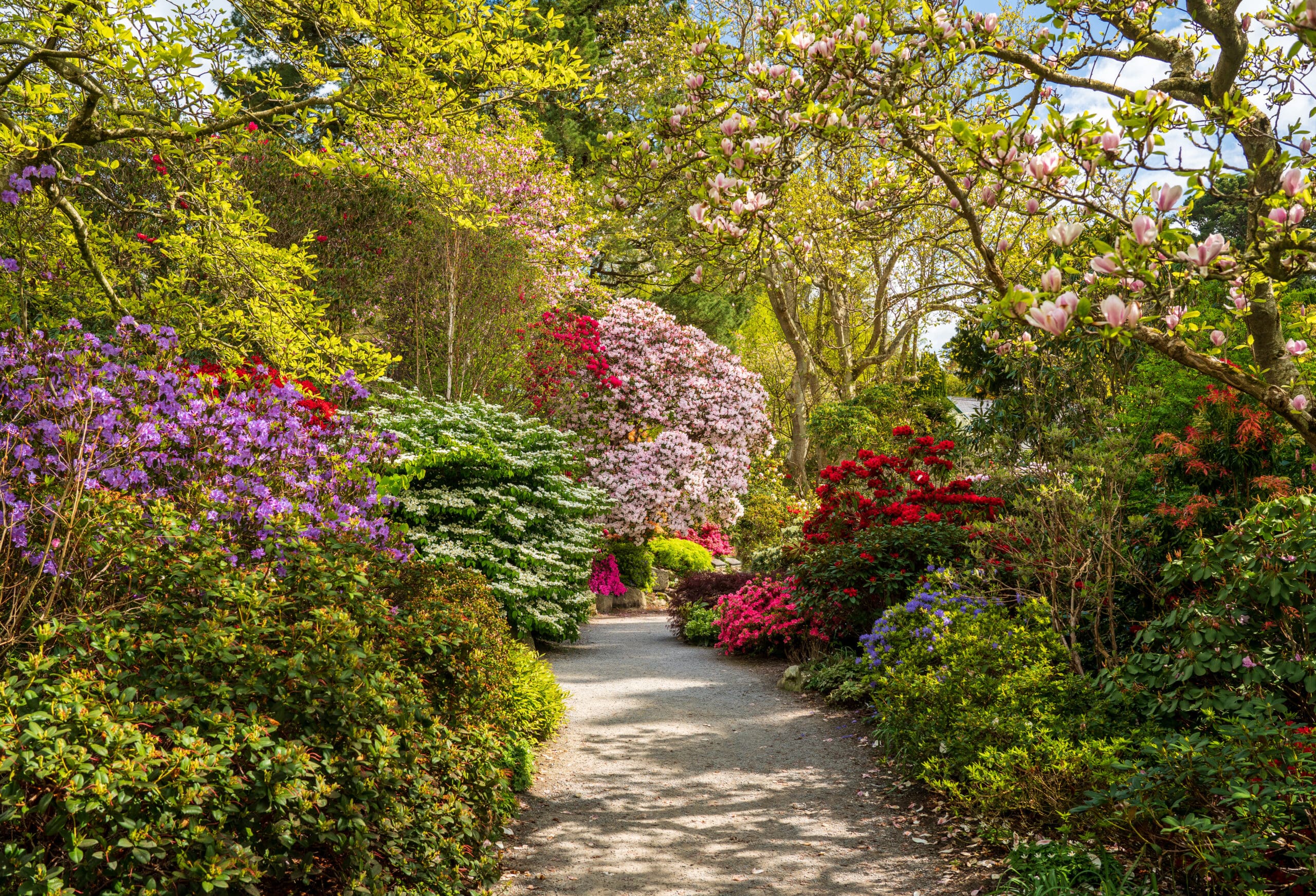
When selecting tree species for your customer’s landscape design, it’s important to consider biodiversity, as having a variety of trees on a property not only creates a more dynamic space, but it’s also beneficial for the surrounding ecosystem.
“The number one thing is with diversity, you will minimize the abiotic stressors such as insect and disease activity,” says Manny Nassar, technical advisor for Southeast U.S. residential/commercial service line with the Davey Institute. “The more same species of plant material or trees that you have on one site, you’re going to encourage a lot of those insect and disease problems to put a big strain on that single species of plant material.”
Some of the prime examples of what happens when there is a lack of diversity with trees include emerald ash borer and Dutch elm disease. The Dutch elm disease outbreak significantly impacted American elms in the 70s. This species of tree was extremely popular throughout the Midwest and the East Coast and the disease killed millions of elms.
Nassar says the South is currently overplanted with live oaks, which are popular because of their heat tolerance.
“Texas is now having a huge issue with oak wilt disease because they’re so overplanted with oaks, so that’s why diversity is so important,” Nassar says.
Meanwhile, in Florida, palm trees are struggling with lethal bronzing and Ganoderma zonatum.
“When a palm tree gets Ganoderma zonatum, the recommendation is to remove them because it’s a lethal disease,” Nassar says. “There’s nothing you can do. There’s no fungicide; there’s nothing that will help cure that problem.”
Nassar recommends replacing these palm trees with a hardwood species.
“Do not put another palm tree back in there because if you do, it’s going to get that all over again,” Nassar says.
While there is another fungi that attacks hardwood trees, he explains that species is Ganoderma lucidum.
Increasing Tree Diversity
Nassar says there isn’t any scientific data on the best percentages of different tree species to use on a site, but a good rule of thumb is to use no more than a third of each species on property.
“I would never do a majority of one, unless there’s some extenuating circumstances,” Nassar says.
If a client has a preference for one specific tree species, Nassar says the best thing you can do is educate them. For instance, if they want to plant 20 white birch trees because they’re from Michigan but have moved to Atlanta, in about five years, those birch trees will be dead because they can’t stand the heat. Nassar explains that once they get stressed from the heat, they’ll start getting a lot of wood-boring insect problems.
“At the end of the day, the client’s paying the bill and if that’s what they want, that’s what you give them, but you give them the information up front,” Nassar says. “I understand the landscaper’s dilemma when it comes to that. Because there are people that they have their mindset on, ‘Hey, this is what I want and I’m not changing my mind about it,’ even though you try to educate them.”
When it comes to selecting the right diverse species, Nassar says it’s critical to research the environment of the property. He advises taking soil samples so you can identify if there’s a pH or mineral problem or if there are enough nutrients in the soil.
“If it does lack these things, then that’s going to come into play what type of tree you’re going to install,” Nassar says.
For example, if a property has high pH and low nutrients in the soil, Nassar says you don’t want to install a bunch of maple trees. He suggests using honey locusts or oak trees instead.
Aside from soil samples, also take into account if it’s full sun or shaded location, as well as the proximity of buildings.
“There’s a lot of landscapers that don’t do that and a lot of times, it’s because they want to just appease the homeowner,” Nassar says. “But again, it goes back to educating and then you’ve got to do your research.”
Nassar notes it’s better to select trees that are well-suited for the current soil profile than trying to amend it. This is because as the tree matures, the root system is going to eventually reach the native soil and start struggling.
Using a variety of tree species can also be beneficial to the different trees on the site. For instance, fruit trees like apple trees or cherry trees are susceptible to wind damage so planting them near spruce trees or pines can help serve as a wind break.
Nassar notes that in the South, eucalyptus trees can be planted near other trees that are susceptible to insect activity like aphids because they release a pheromone that deters insects.

